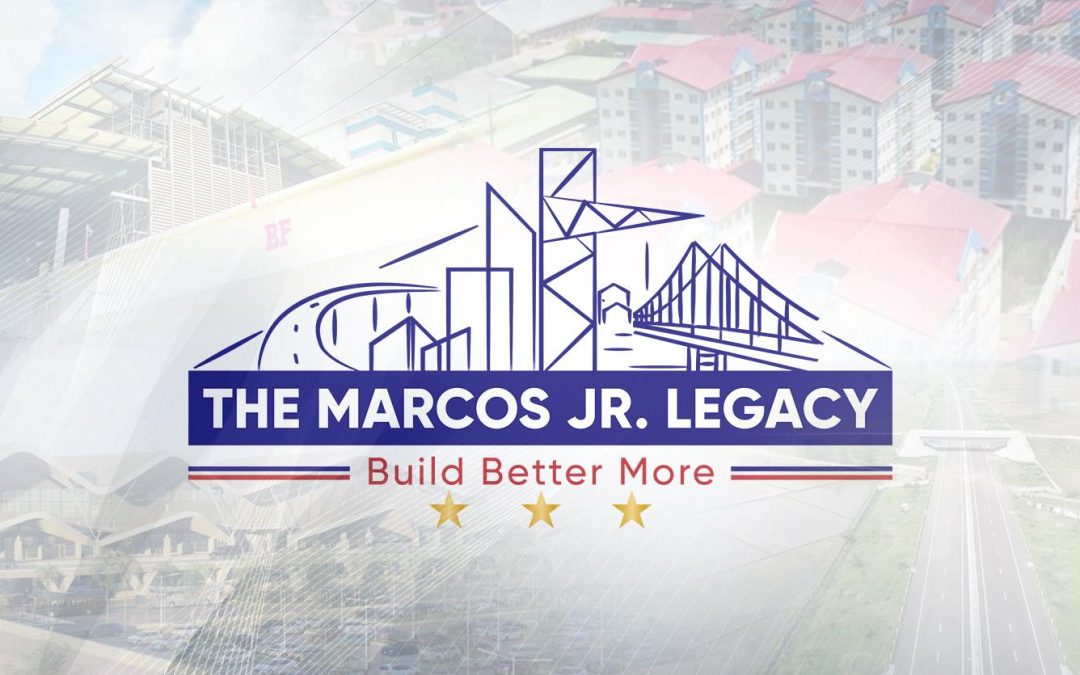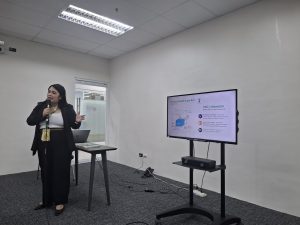In a demonstration of the transformative power of strategic infrastructure investment, the Ninoy Aquino International Airport (NAIA) has undergone a remarkable evolution under the Marcos administration. Once a symbol of congestion and inefficiency, the nation’s primary gateway is now emerging as a model of modernity, efficiency, and passenger-centric design.
From curb to boarding gate at NAIA Terminal 3, a recent traveler experienced a seamless 30-minute process—a far cry from the long queues and outdated facilities of the past. This visible turnaround is a direct result of President Ferdinand Marcos Jr.’s commitment to modernizing the 76-year-old airport, a cornerstone of his administration’s vision to elevate the country’s infrastructure to world-class standards.
At the heart of this transformation lies the administration’s bold decision to entrust the rehabilitation and management of NAIA to the New NAIA Infrastructure Corporation (NNIC), a consortium led by San Miguel Corporation. In just a few months, this partnership has delivered tangible results: streamlined processes, reduced congestion, and enhanced passenger comfort.
“This is the transformation we dreamed of for every Filipino traveler,” President Marcos said. “Our goal is to make every journey seamless, every step convenient, and every experience one that reflects the care and commitment of a nation invested in its people.”
A recent walkthrough of the airport reveals palpable improvements from check-in to immigration and security checks. The reorganization of terminal assignments, enhanced security systems, and streamlined processes have collectively reduced waiting times and increased passenger comfort.
Key changes, such as placing baggage screening before immigration counters and introducing biometric “fly-to-gate” systems, will further optimize passenger flow. The result will be a smoother experience, free from the bottlenecks that previously plagued the airport.
Tangible achievements
Since NNIC’s takeover in September, the new systems have significantly improved the flow of passengers. The addition of new lanes at arrival areas and expanded curbside infrastructure have alleviated vehicle traffic. Terminal curbside lanes will further increase, with Terminal 1 to boast eight lanes compared to three previously, Terminal 2 also to eight from four, and Terminal 3 to twelve from eight.
“Our concessionaire was able to implement great improvements if we compare from our experience last December 2023,” Former Department of Transportation Secretary Jaime Bautista said in mixed English and Filipino during his inspection of the airport four days away from Christmas.
“For example the arrival area has been decongested because of the additional lanes. In 90 days they were able to make the additional lane, that’s why we noticed the absence of traffic jams and the free flow of vehicles,” he added.
The transport chief said passengers were pleased with the overall changes at the airport: “Every passenger we talked to was happy. Overall, the experience this Christmas season was good.”
The security checks are now faster. The introduction of modern explosive detection systems and a reconfigured process for baggage screening and immigration will further shorten security check times.
The rehabilitation is a work in progress. Renovations of aging terminals, such as Terminal 4, and the provision of additional boarding bridges and OFW lounges will improve the overall travel experience. The airport’s free, high-speed internet—with speeds of up to 115 Mbps—adds to the convenience.
Reliable utilities are also being ensured. To eliminate power fluctuations and ensure consistent operations, the airport now benefits from a dedicated 115KV substation and an advanced uninterruptible power supply (UPS) system.
These changes are not mere cosmetic upgrades but represent a systemic overhaul of how the airport operates. The result is an environment where efficiency and passenger satisfaction take precedence.
Passenger feedback has been generally positive. Travelers now describe NAIA as “unrecognizable” compared to its state just a year ago. One frequent flyer shared, “I used to dread passing through NAIA, but this time, it was a breeze. The process was so quick and efficient; I had time to spare and do some work at an airport coffee shop.”
Holiday travelers, who typically endure the most stressful airport experiences, have also reported smoother journeys.
“NAIA Terminal 1 is OK. The terminals are really old, even the chairs badly need replacement. The changes are slow but visible,” said a Filipino traveler who left for Macau with his family on December 23.
Except for a few kinks and hiccups, NAIA’s handling of over 150,000 passengers daily during the peak season showed improvements in ensuring a hassle-free holiday travel period.
Financial milestones
The financial success of the project is another hallmark of its effectiveness. Under the concession agreement, NNIC made an upfront payment of PHP30 billion to the government. This initial investment, coupled with ongoing annuity payments amounting to PHP1.58 billion for the first operational year from September 2024 to June 2025, underscores the project’s economic viability.
Additionally, the administration’s decision to partner with a private entity has shifted the financial burden away from taxpayers. Instead, the private sector’s resources and expertise are being leveraged to deliver world-class infrastructure.
The NAIA rehabilitation is far from complete, but the progress made in just a few months demonstrates the Marcos administration’s resolve to realize its vision for NAIA to, among others, increase its annual passenger capacity from 43 million to 62 million. Upcoming projects, such as the construction of a new NAIA Expressway ramp and expanded terminal assignments, promise further enhancements to the airport’s efficiency and capacity.
Sustainability is also a central component of the modernization plan. Solar panels, energy-efficient systems, and improved waste management protocols are being implemented to minimize the airport’s environmental footprint. Drinking water fountains, equipped with paper cups to reduce plastic waste, will soon become available to passengers.
“This is about building a gateway that reflects the aspirations of Filipinos,” President Marcos said. “A world-class airport is not just an infrastructure project; it’s a symbol of our progress and our readiness to welcome the world.”
The modernization of NAIA is more than an infrastructure achievement; it is a legacy project that embodies the Marcos administration’s vision of prioritizing the traveler and focusing on systemic improvements. As the rehabilitation progresses, travelers can look forward to an airport that no longer lags behind its regional counterparts but instead stands as a model of excellence. NAIA is soaring to new heights, and its transformation is a testament to what can be achieved when vision meets action. (PTV)



